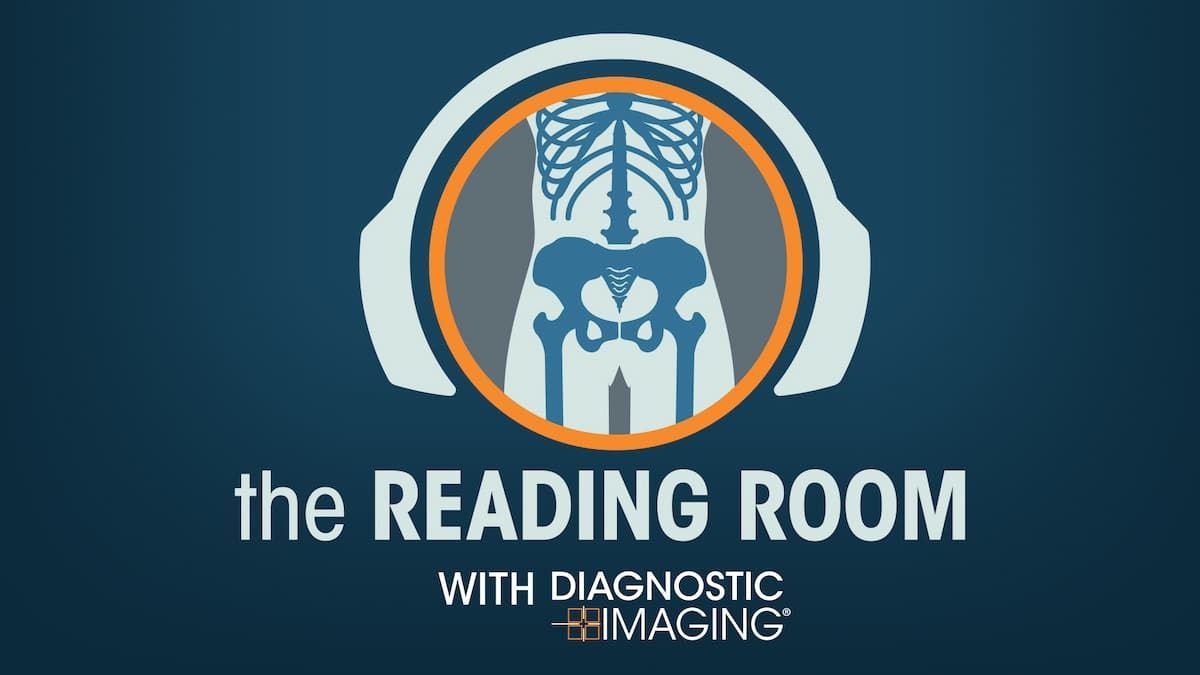In order to address the steep learning curve with abbreviated breast magnetic resonance imaging (MRI), Emily Conant, M.D., emphasized during a new Diagnostic Imaging podcast the importance of radiologists working with technologists to bolster efficiency.
“MR can be a very profitable and very obviously important study but … it’s a team approach on how to do this efficiently. Get the IVs done by a whole other group outside of the room, not the technologists who are finishing scanning a prior patient. Make sure the patient understands the positioning and the need to be still, etc. Explain it all to her and be prompt in terms of getting her off the table when the (imaging) reconstructions are done,” advised Dr. Conant, a professor emeritus with the Department of Radiology at the University of Pennsylvania Health System.
“Have a team working on this. That is so important in an MR suite, particularly right now. I know we’re backlogged, as I said, from post-COVID resurgence (of imaging volume), and we want to be efficient.”
Stamatia Destounis, M.D., emphasized the importance of more research on abbreviated breast MRI to elucidate and standardize the protocol, which would facilitate improved clarity with reimbursement.
“I think it’s really hard to understand where to go from here because we have such a variability within our global community on (abbreviated breast MRI),” added Dr. Destounis, the managing partner of Elizabeth Wende Breast Care in Rochester, N.Y., and the chair of the American College of Radiology’s Breast Imaging Commission
A driving focus of future research should be continuing to determine what patient populations will receive the most benefit from abbreviated breast MRI, according to Habib Rahbar, M.D. He noted during the podcast that improved imaging biomarkers may bolster risk stratification and suggested that artificial intelligence (AI) could potentially improve efficiency with abbreviated breast MRI.
“We’re really at the precipice of getting to much more individualized, personalized screening and making sure we’re applying the right technologies to the right women and decreasing not just mortality, but the morbidity associated with more aggressive treatments. There’s so much going on in breast cancer care, and it’s really exciting for imaging to be a big part of it,” added Dr. Rahbar, a professor and executive vice chair of radiology at the University of Washington School of Medicine.
(Editor’s note: For related content, see “The Reading Room Podcast: Current and Emerging Insights on Abbreviated Breast MRI, Part 1,” “The Reading Room Podcast: Current and Emerging Insights on Abbreviated Breast MRI, Part 2” and “Abbreviated MRI and Contrast-Enhanced Mammography Provide Fourfold Higher Cancer Detection than Breast Ultrasound.”)
For more insights from Dr. Destounis, Dr. Conant and Dr. Rahbar, listen below or subscribe on your favorite podcast platform.
